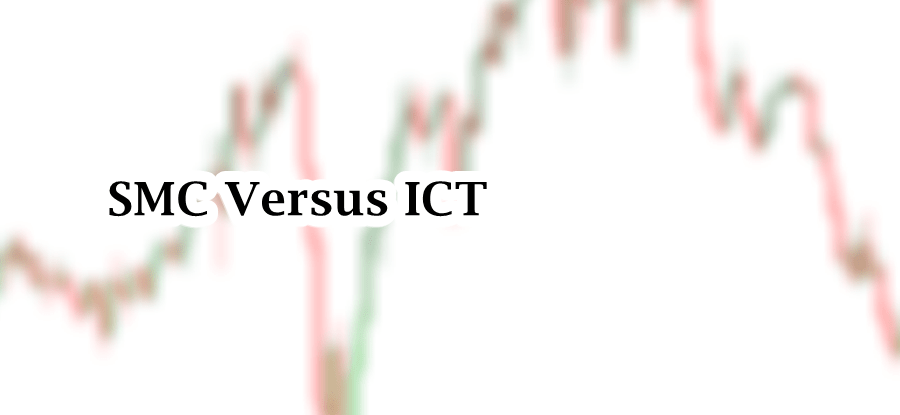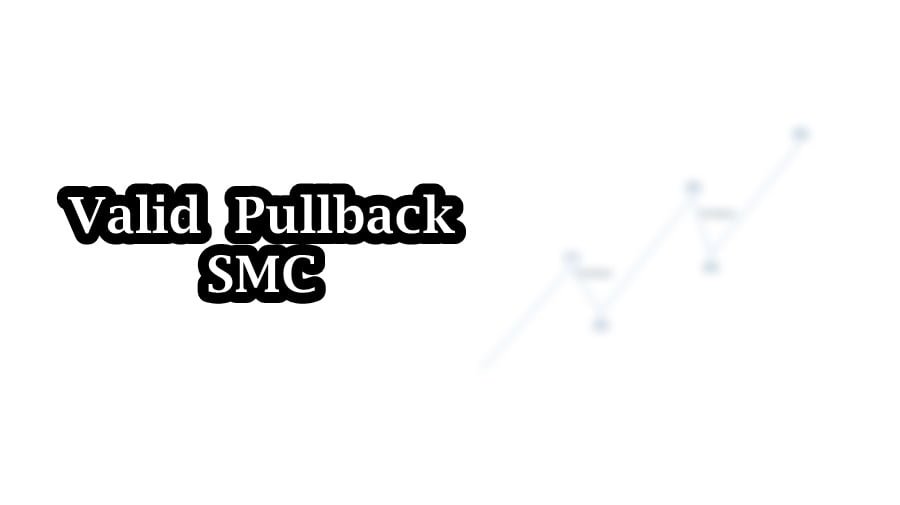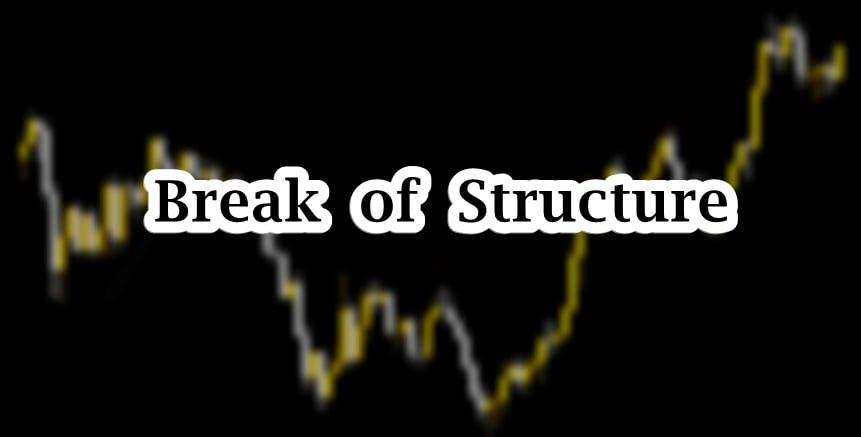
Table of Contents
In trading forex market, trader’s ultimate aim is to find potential opportunities. Trading the market requires an edge over other market participants. Capturing the upcoming move of the market is considered as the most difficult task. Market is either trending (uptrend or downtrend) or consolidating in a specific range. Trading a trending market is all about finding accurate entries in correction (retracement) phase. ICT PD array is designed to find potential opportunities in trend continuation.
Premium and discount is key to understand first. This makes it possible to find potential opportunities in the market. This article explores understanding of PD array, bullish & bearish PD Array, and how to use it in a trading forex and other Financial Markets.
Understanding ICT PD Array
SMC and ICT trader must have familiarity with the market structure before looking for PD Arrays. Markets move in phases of trends (by creating higher highs and higher lows in uptrend, and lower lows and lower highs in downtrend) and consolidations. ICT (Inner Circle Trading) concept is all about looking for institutional footprints, like liquidity hunts, market inefficiencies and a zone where large pending institutional orders reside. This guide us towards the future price movement.
PD array is crucial in ICT trading. For ICT PD Array, one must have a complete understanding of premium and discount zones. Premium and Discount zones are drawn on recent impulsive price swing (Recent ICT dealing Range). In bullish market, range is selected from recent swing low to swing high. In bearish market, range is selected from recent swing high to swing low.
Premium zone is a price area where the market is considered as overpriced relative to its recent price action. Premium zone is important in downtrend because institutions prefer to sell in the zones. Discount zone is important in uptrend because institutions prefer to buy in the zone.
Fibonacci retracement tool is used to mark out premium and discount zones on chart. 50% is the equilibrium level of the market. Above 50 % level is considered as premium zone. Below the 50% level is considered as discount zone.

ICT Bullish PD Array
In an uptrend, after break of structure (bos), prices retrace back to its previous levels in order to collect some unfilled order. It is considered as difficult to trade with the trend. Premium and discount zones are mark from recent swing low to swing high. A trader willing to buy can find potential opportunities in discount zone. ICT bullish PD array is the arrangement of ICT tools. These tool helps trader to find potential opportunities in the discount zone.
Tools within Bullish PD Arrays
Traders buy when find confluence of confirmations and build bullish bias or find market structure shift to the upside. After that a trader can look for the following ICT tools:
- Bullish Mitigation Block: It serves as a demand zone for the upcoming move. If price revisits this level and starts showing bullish momentum (candlestick pattern), it would be viewed as bullish signal.
- Liquidity void: When price move rapidly in one direction, it leaves areas of imbalances where little trading volume occurs. This happens in the form of two or more FVGs. Price often revisits to fill these liquidity voids zones.
- Fair Value Gap: Fair Value Gap (FVG) represents areas of price inefficiency where price moved so fast that there was little buying or selling activity.
- Bullish Order Block: Bullish Order Block is a demand zone. Demand zone is price area where institutions place their large order. When price retraces to these areas in discount zones, it results in a substantial price move. There are many types of Order Blocks. So, this applied to all OBs like Breaker Block, Rejection Block, etc. aligned with bullish market structure.
- Old Low: Old lows, in bullish scenarios, can be served as liquidity areas where market sweeps liquidity (in the form of stop losses) and continue its original direction.
These are some of the crucial ICT tools used in market analysis. There are models that we must consider like ICT Unicorn Model, ICT Market Maker Buy Model (MMBM). Apart from all that an ICT trader can look for the following concepts: ICT Inverse Fair Value Gap, and ICT Balanced Price Range.
Trading with Bullish ICT PD Arrays
After confirming ICT bias for the upcoming move, a trader look for entries in discount zone. In trading bullish market, ICT PD Array can be used in the following way:
- ICT PD Arrays are used to find out daily bias. As a trader, we look for major structural levels. This includes Break of structure (BOS) which represents trend continuation. In Bullish market, after BOS we wait for the market to retrace back the discount zone where we look for PD Array to be respected.
- This can be used to execute trades. For this purpose, we shift in a lower timeframe. A clear Market Structure Shift (MSS) in lower shift indicates trend alignment with HTF bullish trend. We execute trade by placing stop-loss below recent low and target next liquidity areas.
Remember, be cautious when you find Change of Character (CHOCH) in Bullish Market. It is the first sign that market is not going to continue its prior trend. There we consider a shift in market trend, and we will find trades for downside (Sell Entries). Here is the example:

ICT Bearish PD Array
In a downtrend, after break of structure, prices retrace back to its previous levels in order to collect some unfilled order. It is considered as difficult to trade with the trend. Premium and discount zones are used to mark recent swing high to swing low. A trader willing to sell can find potential opportunities in premium zone. ICT bearish PD array is the arrangement of ICT tools. These tool helps trader to find potential opportunities in the premium zone.
Tools within Bearish PD Arrays
Traders sell when find confluence of confirmations and build bearish bias or find Market Structure Shift (MSS) to the downside. After that a trader can look for the following ICT tools:
- Bearish Mitigation Block: It serves as a supply zone for the upcoming move. If price revisits this level and starts showing bearish momentum (candlestick pattern), it would be viewed as bearish signal.
- Liquidity void: When price move rapidly in one direction, it leaves areas of imbalances where little trading volume occurs. This happens in the form of two or more FVGs. Price often revisits to fill these voids.
- Fair Value Gap: Fair Value Gap (FVG) represents areas of price inefficiency where price moved so fast that there was little buying or selling activity.
- Bearish Order Block: Bearish Order Block is a supply zone. Supply zone is price area where institutions place their large order. When price retraces to these areas in premium zones, it results in a substantial downward price movement. There are many types of Order Blocks. So, this applied to all OBs like Breaker Block, Rejection Block, etc. aligned with bearish market structure.
- Old Low: Old lows, in bearish scenarios, can be served as liquidity areas where market capture liquidity (in the form of stop losses) and continue its original direction.
These are some of the crucial ICT tools used in market analysis. There are models that we must consider like ICT Unicorn Model, ICT Market Maker Sell Model (MMSM).
Trading with Bearish ICT PD Arrays
After confirming ICT bias for the upcoming move, traders look for entries in premium zone. In trading bearish market, ICT PD Array can be used in the following way:
- ICT PD Arrays are used to find out daily bias. As a trader, we look for major structural levels. This includes Break of structure (BOS) which represents trend continuation. In bearish market, after BOS we wait for the market to retrace back the premium zone where we look for PD Arrays to be respected.
- This can be used to execute trades. For this purpose, we shift in a lower timeframe. A clear Market Structure Shift (MSS) in lower timeframe indicates trend alignment with HTF bearish trend. We execute trade by placing stoploss above recent high and target next liquidity areas.
Remember, be cautious when you find Change of Character (CHOCH) in Bearish Market. It is the first sign that market is not going to continue its prior trend. There we consider a shift in market trend, and we will find trades for upside (Buy Entries). Here is the example:

Final note and Risk disclosure
As we know market structure is crucial in trading ICT concept. Having knowledge of market structure allows traders to trade with the flow of order (institutional Order Flow). These tools when combined with ICT PD Array enhance our ICT market analysis. However, there is nothing that guarantees hundred percent success in trading.
Always use proper risk management, set stop-loss levels and manage position sizing. Avoid over-leveraging and ensure that you are trading with the funds that you can afford to lose. This market is, at some point, uncertain and past prices helps but does not guarantee future results.
Frequently Asked Questions (FAQs)
What is ICT PD Array?
The ICT PD Array is a framework that is used in Smart Money Trading to identify premium and discount zones within a price range. ICT traders used it to determine where to buy or sell based on institutional behavior. Premium zone is ideal for selling (in downtrend), while discount zone is ideal for buying (in uptrend).
What tools are included in PD Array?
In an array, all types of order blocks are included, liquidity areas, liquidity voids, Fair Value Gaps, and old lows and highs. These are the few tool that can be used for confluence and for gaining confidence in trading.
Which timeframe is suitable for ICT PD Array?
Market is fractal. Concept applied on Higher timeframe can be equally applied to lower timeframe. However, some concepts are reliable on higher timeframes but not on smaller timeframes. The Higher the timeframe, the more reliable the zones and setups are. These concepts are equally applicable on smaller timeframes. For intraday traders, combining HTF timeframe analysis with lower timeframe entries enhance their precision.

I’m Aatiq Shah, a dedicated forex and crypto market practitioner with three years of hands-on experience. Currently, I’m working as a Financial Manager. My journey in the world of finance has equipped me with the skills and knowledge needed to navigate the complexities of the forex and crypto markets.





